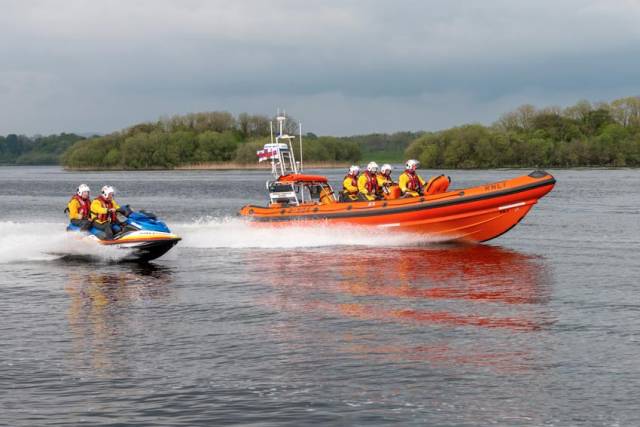Carrybridge RNLI is looking for new volunteer crew members to join its search and rescue service on Lough Erne.
The station, on the River Erne between the upper and lower loughs, is now calling on potential recruits to come forward and learn how they can get involved in helping the charity continue to save lives at sea and on inland waterways.
Later this month, on Thursday 21 November from 7pm, the lifeboat station will be hosting an open evening for all interested candidates to learn more.
Originally part of Enniskillen RNLI, Carrybridge RNLI was established in 2002 due to the increase in pleasure boating activity on Lough Erne.
In October 2015, a new station was officially opened and a larger Atlantic 85 lifeboat was placed on service in November 2017, to replace the older Atlantic 75 and to join the existing rescue water craft (RWC).
To date the lifeboat, Douglas Euan and Kay Richards, and RWC have launched 41 times on service in addition to weekly training exercises.
Stephen Scott, Carrybridge RNLI lifeboat operations manager, is now calling on any potential volunteers to come along to the open evening and find out more.
“We are looking for anyone aged 17 years and over who is willing to offer some of their free time to join what I believe to be one of the most exhilarating and rewarding voluntary services that is out there,” he said.
“While experience on the water is helpful, every volunteer receives first-class training from the RNLI and learns new skills which can benefit them in many walks of life. Lifeboat crew members need to have a reasonable level of fitness.”
Anyone who feels they have the time and commitment to volunteer for the charity which is on call 24 hours a day, 365 days a year, is asked to email Stephen at [email protected]































































